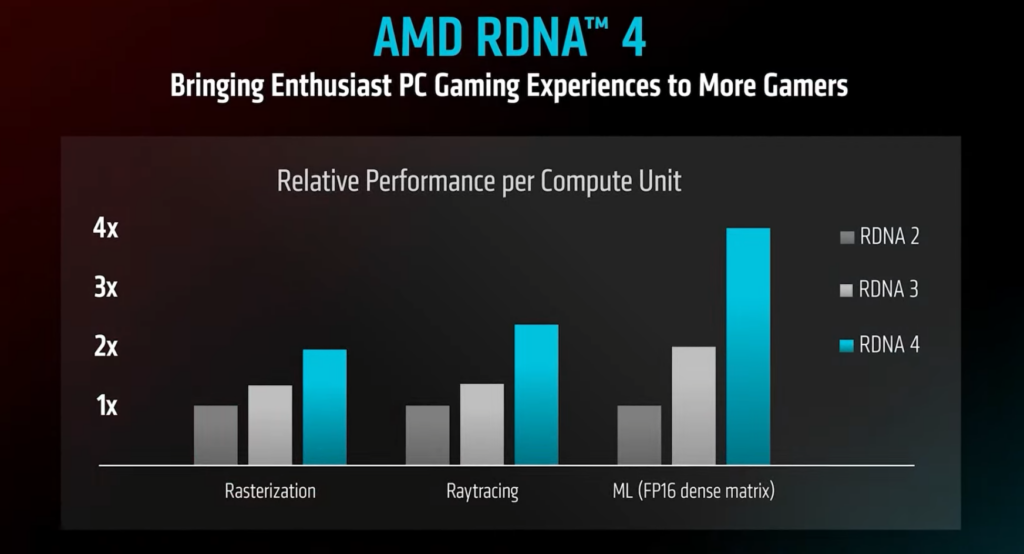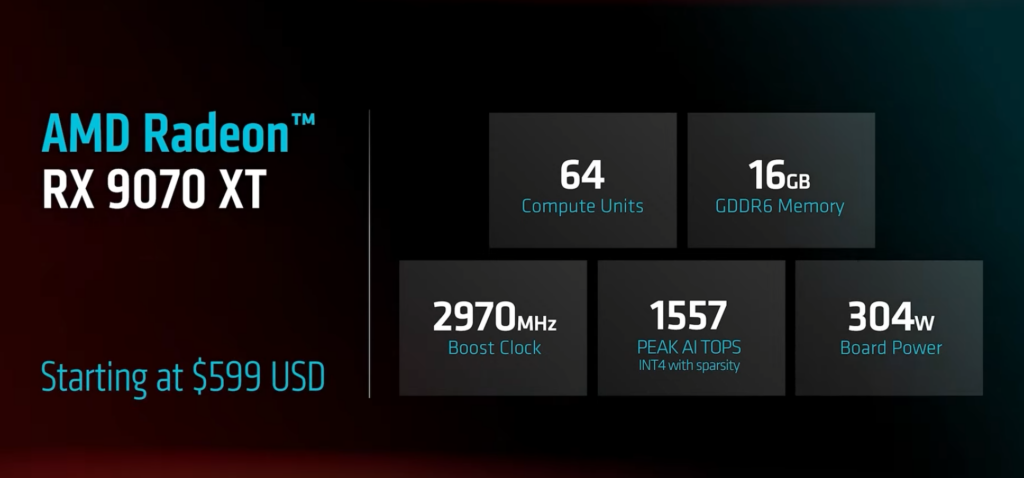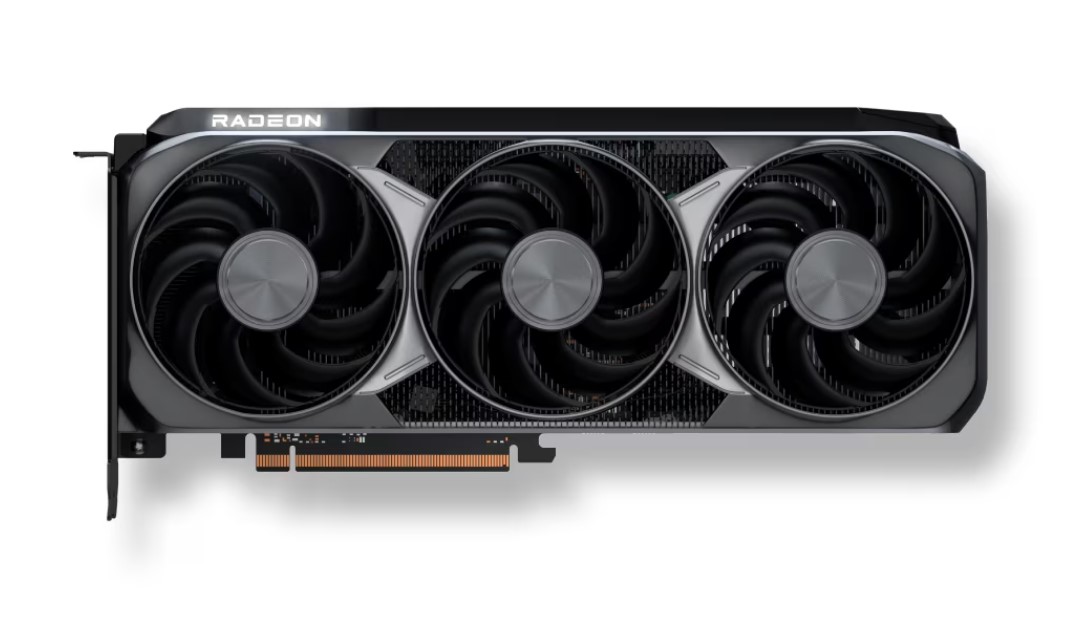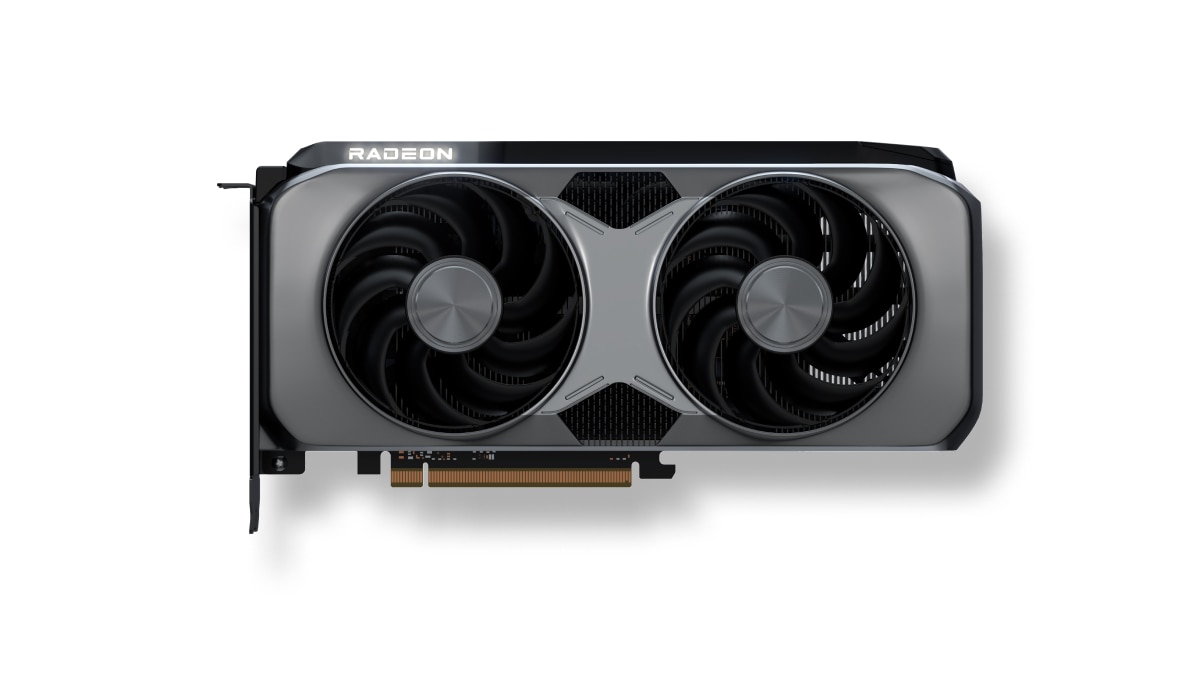RX 9070 XT vs RX 9070 spec comparison – how to they compare?

Table of Contents
The RX 9070 XT and the RX 9070 have been released, and we’ve reviewed the RX 9070 XT in-house. its performance is simply amazing, capable of outperforming the RTX 4080 Super and trading blows with the RTX 5080 in some games. So, the impressive specifications and hardware improvements upon the previous generation's mid-range offerings weren’t just for show. Featuring the RDNA 4 architecture, these GPUs compete directly with the RTX 5070 and 5070 Ti and have completely overshadowed them due to their aggressive pricing. However, we're interested in how these two GPUs stack against each other.
So, in this article, we'll compare these graphics cards based on the specifications we currently have, but once we've tested and reviewed both of these GPUs in-house, we'll update this article with our findings and real-world performance benchmarks. Here is how the Radeon 9000 GPUs fare against each other.
Prime Day is finally here! Find all the biggest tech and PC deals below.
- Sapphire 11348-03-20G Pulse AMD Radeon™ RX 9070 XT Was $779 Now $739
- AMD Ryzen 7 7800X3D 8-Core, 16-Thread Desktop Processor Was $449 Now $341
- ASUS RTX™ 5060 OC Edition Graphics Card Was $379 Now $339
- LG 77-Inch Class OLED evo AI 4K C5 Series Smart TV Was $3,696 Now $2,796
- Intel® Core™ i7-14700K New Gaming Desktop Was $320.99 Now $274
- Lexar 2TB NM1090 w/HeatSink SSD PCIe Gen5x4 NVMe M.2 Was $281.97 Now $214.98
- Apple Watch Series 10 GPS + Cellular 42mm case Smartwatch Was $499.99 Now $379.99
- ASUS ROG Strix G16 (2025) 16" FHD, RTX 5060 gaming laptop Was $1,499.99 Now $1,274.99
- Apple iPad mini (A17 Pro): Apple Intelligence Was $499.99 Now $379.99
*Prices and savings subject to change. Click through to get the current prices.
RX 9070 XT vs RX 9070 specs comparison
Here’s a quick look at how these two cards stack up side-by-side.
| Specifications | RX 9070 XT | RX 9070 |
| Compute units | 64 (4096) | 56 (3584) |
| RT Accelerators | 64 | 56 |
| AI Accelerators | 128 | 112 |
| Peak AI TOPS | 1557 TOPS | 1165 TOPS |
| Boost clock speed | 2.97 GHz | 2.54 GHZ |
| Memory | 16GB | 16GB |
| TDP | 304W | 220W |
| Connectivity | PCIe 5.0 x16 | PCIe 5.0 x16 |
| Display | DisplayPort 2.1a, HDMI 2.1b | DisplayPort 2.1a, HDMI 2.1b |
Performance
While we haven't had a chance to get hands-on with these GPUs, what we do have are their specifications. So, we'll use that to compare them, but this is purely a specs comparison, and till we have real-world benchmarks, we won't be able to move past speculations.

Compute units
The RX 9070 XT and the RX 9070 have 64 and 56 compute units, respectively. Compute Units are the basic blocks in the GPU, which consist of Stream Processors, which are AMD's equivalent to CUDA cores, as individual processing units.
For example, the RX 7800 XT has 60 CU and 3,840 Stream Processors. Since the RX 9070 XT has 4 more CU than the 7800 XT, it should also have a higher Stream Processor count, and we expect it to be upwards of 4,000.
On the other hand, the RX 9070 has fewer CU, meaning fewer Stream Processors, but the RDNA 4 architecture might give it a performance boost, enabling it to compete against its predecessor and competition. That being said, regardless, the RX 9070 XT should outperform it in gaming and synthetic workflows.
Power draw
A huge difference between these GPUs is the power they consume. The RX 9070 XT has a 304W TDP, while the RX 9070 consumes a humble 220W in comparison. This is an 84W difference and could potentially change what the PSU recommendation is.
If you pair the RX 9070 XT with a Core Ultra 9 285K, which has a 250W TDP, it will total 554W, meaning you'll need a 600W or 650W PSU for a decent overhead for overclocking. However, the same CPU paired with the RX 9070 would total 470W, for which a decent 500W or 550W PSU should be more than enough.
That being said, compared to the cards from Team Green, these GPUs have decent power draws, and it shouldn't be an issue powering them.
Connectivity
Like the RTX 50-series GPUs, the Radeon 9000 cards also feature a PCIe 5.0 x16 connection, meaning they can access the full bandwidth of the PCIe 5.0 slot. What this means is that the GPU should be able to communicate and exchange data with the CPU and other components quickly.
However, that doesn't necessarily mean better performance, as the memory bus width determines the performance of the GPU. If that is limited, it'll form a bottleneck that will hinder performance. So, regardless of how much data is being moved to and from the GPU, if the card can't process more than a certain amount at a time, the PCIe 5.0 slot won't matter.
Both these graphics have PCIe 5.0 connectivity, so depending on their memory bus width, their performance can vary. However, we expect these cards to have at least a 256-bit memory interface width.
Pricing
AMD seems to be making all the right calls with these Radeon 9000 GPUs, as the community wasn’t happy with the performance of the RTX 5070 Ti, and many are of the opinion that it is only worth it if you can get it at MSRP while others are saying they won’t pay more than $800 for it. However, with the stock issues plaguing the RTX 50-series GPUs, getting one at MSRP is easier said than done.
So, AMD priced the RX 9070 XT and the RX 9070 at $599 and $549, respectively, meaning they are $150 and $200 cheaper than the RTX 5070 Ti. AMD also claimed that the RX 9070 XT offers 23% better gaming performance per dollar than the RTX 5070 Ti, which makes the situation of Nvidia’s mid-range offering a bit difficult.

Verdict
Based on the specifications we have, these graphics cards offer decent generation-over-generation improvements, but whether they'll be able to compete against the likes of the RX 7900 XTX or the RTX 5070 Ti, we'll have to see for ourselves. That being said, the RX 9070 XT seems to be the go-to option between the two as it features better hardware and should deliver much better gaming performance with the inclusion of FSR 4.




